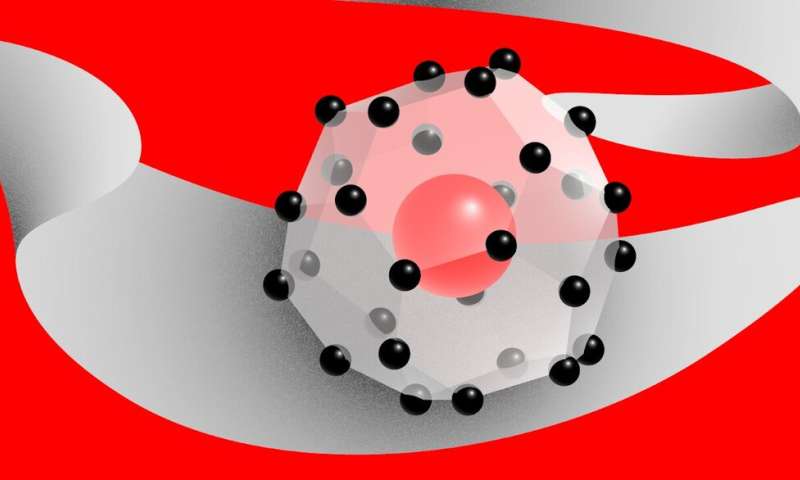Phys.org October 1, 2019
The superconductors known today can only work at very low temperatures and extremely high pressures. As an alternative to metallizing hydrogen, an international team of researchers (China, USA – SUNY Stony Brook) placed a microscopic sample of the metal cerium into a diamond anvil cell, along with a chemical that releases hydrogen and heated with a laser. The cerium sample was squeezed between two flat diamonds to enable the pressure needed for the reaction. As the pressure grew, cerium hydrides with a progressively larger proportion of hydrogen formed in the reactor – CeH2, CeH3, etc. Through X-ray diffraction analysis they found that the CeH9 crystal lattice is composed of cages of 29 hydrogen atoms in a near-spherical formation, each cage providing a cavity that houses one cerium atom. CeH9 exhibits superconductivity at a relatively low pressure of 1 million atmospheres and it is stable…read more. Open Access TECHNICAL ARTICLE

Cerium superhydride, a ‘forbidden’ compound. Credit: @tsarcyanide/MIPT